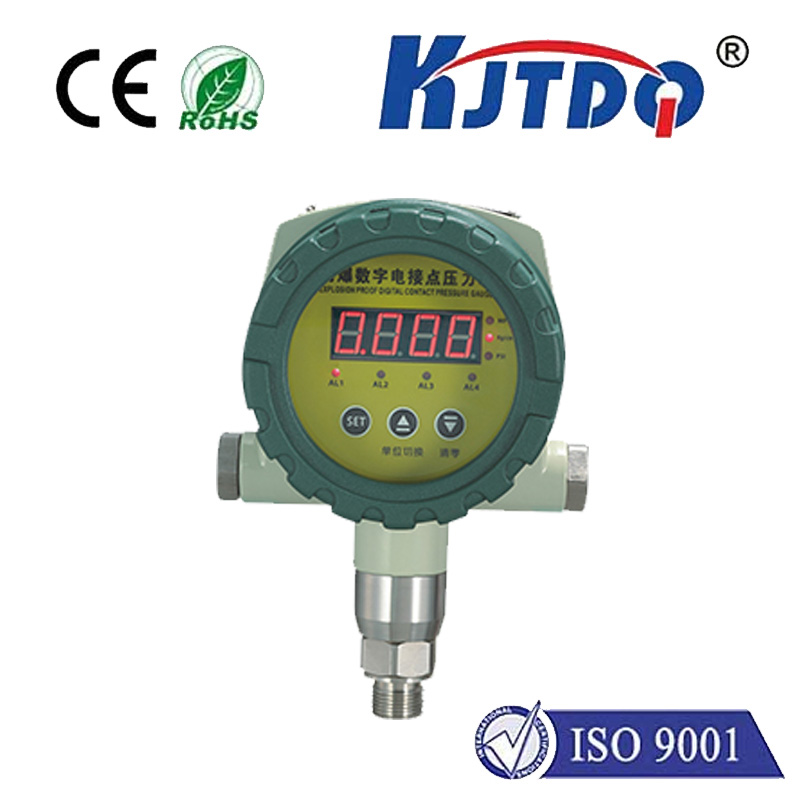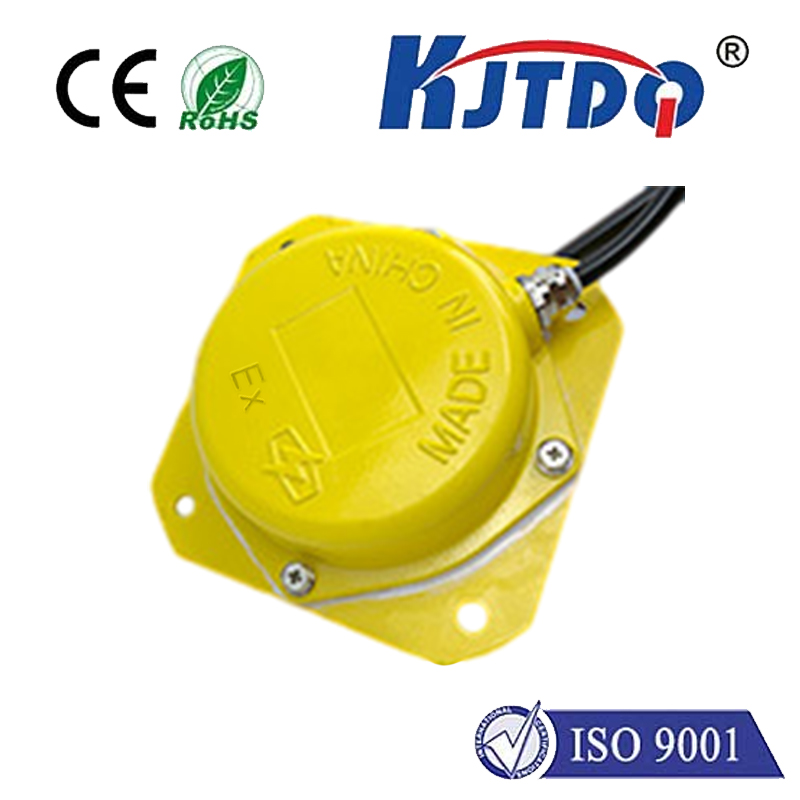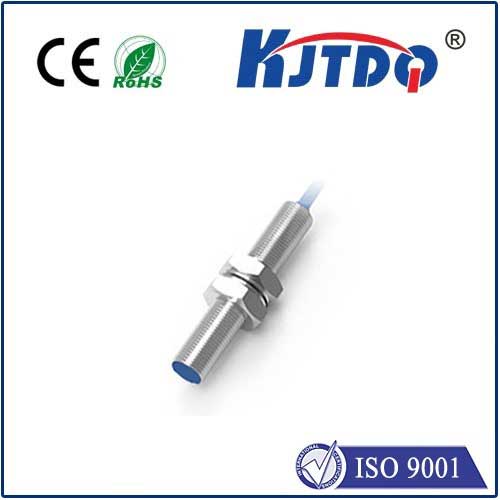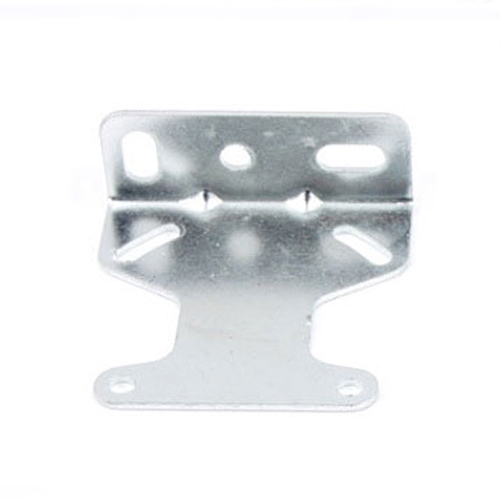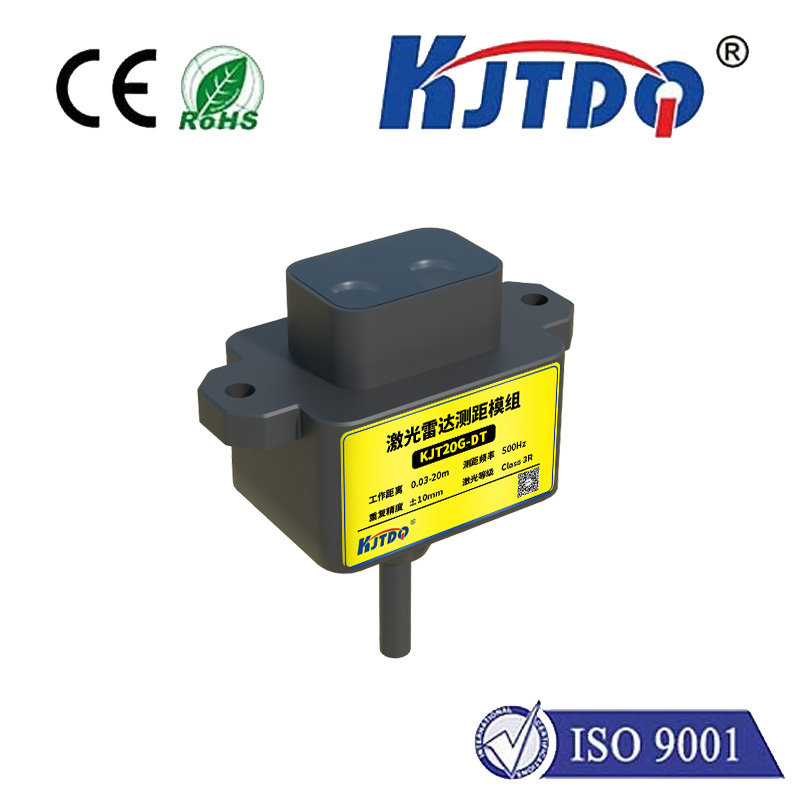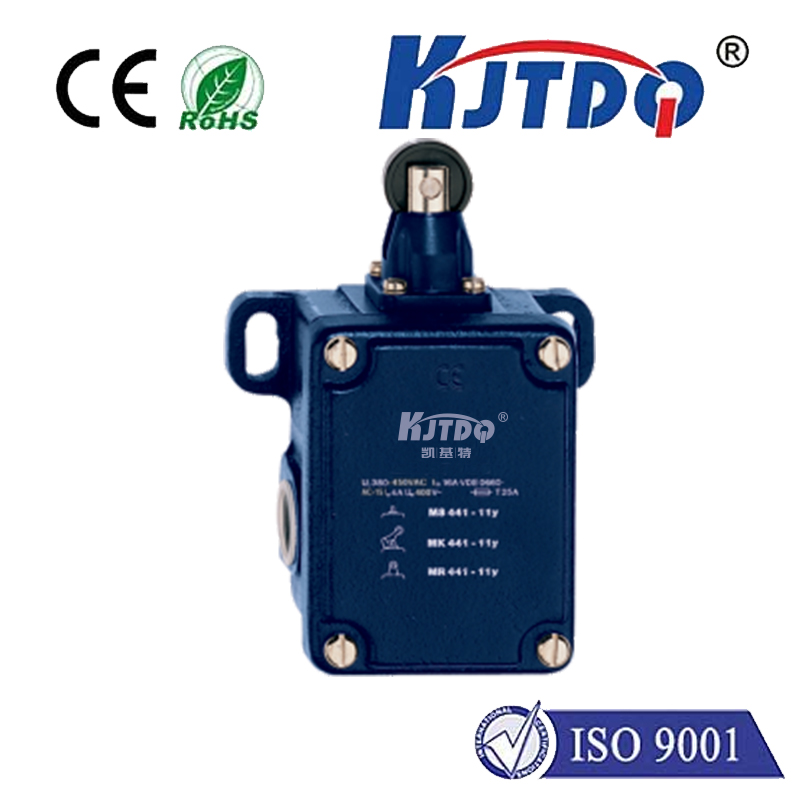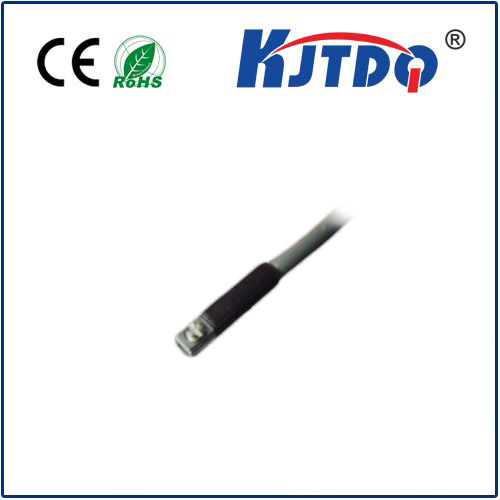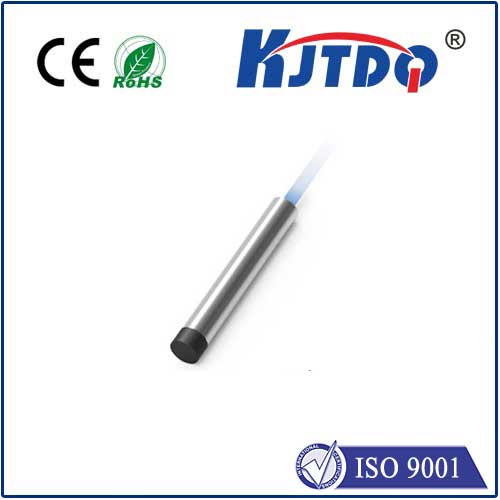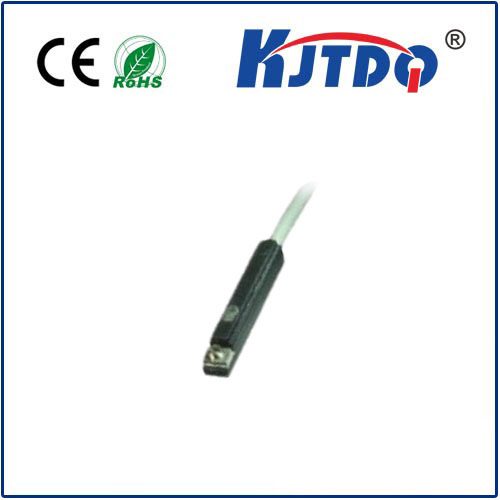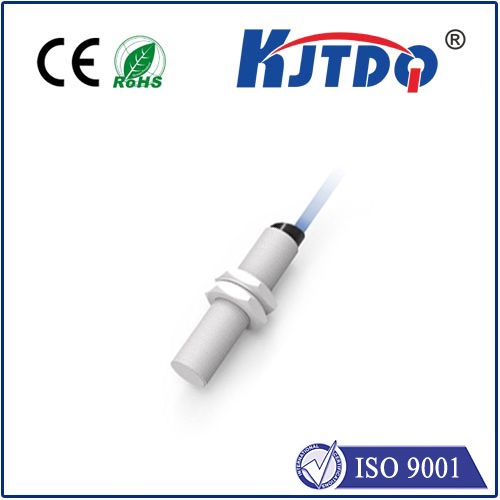

check

check

check

check

check

check

check

check

check

check
Title: The Evolution of Technology: From VL53L0X to VL53L1X
In the ever-evolving world of technology, advancements are constantly being made to improve our lives and make tasks more efficient. One such example is the transition from the VL53L0X sensor to its successor, the VL53L1X sensor. In this article, we will explore the differences between these two sensors and how they have impacted various industries.

The VL53L0X sensor is a time-of-flight (ToF) distance sensor that uses infrared light to measure distances up to 2 meters with an accuracy of +/- 3%. It has been widely used in applications such as automotive, industrial, consumer electronics, and home automation systems. The VL53L0X sensor has revolutionized the way we measure distances, making it easier for developers to create innovative solutions that rely on precise distance measurements.
However, as with any technology, there is always room for improvement. This led to the development of the VL53L1X sensor, which offers several enhancements over its predecessor. The VL53L1X sensor features improved noise immunity, higher resolution, and a wider dynamic range, allowing it to measure distances up to 4 meters with an accuracy of +/- 2%. Additionally, it consumes less power than the VL53L0X sensor, making it ideal for battery-powered devices or systems that require long-term operation without frequent maintenance.
One industry that has benefited significantly from the transition from VL53L0X to VL53L1X is automotive engineering. In modern cars, ToF sensors are used for applications such as adaptive cruise control, automatic braking, and parking assistance systems. By using the VL53L1X sensor instead of the VL53L0X sensor, car manufacturers can ensure greater accuracy in distance measurements, leading to improved safety features and enhanced driving experience for drivers and passengers alike.
Another industry that has experienced significant growth due to advancements in ToF sensors is robotics. Robots equipped with ToF sensors can navigate their environment more efficiently and perform complex tasks with greater precision and speed. The VL53L1X sensor's improved performance over the VL53L0X sensor enables robotic systems to operate more effectively in challenging environments, such as those with varying lighting conditions or narrow spaces.
In conclusion, the evolution of technology continues to push boundaries and open new possibilities for various industries. The transition from the VL53L0X sensor to the VL53L1X sensor represents a significant step forward in terms of accuracy, resolution, and power consumption. As we look towards the future, it is exciting to imagine what new innovations will emerge from ongoing advancements in ToF sensor technology.
